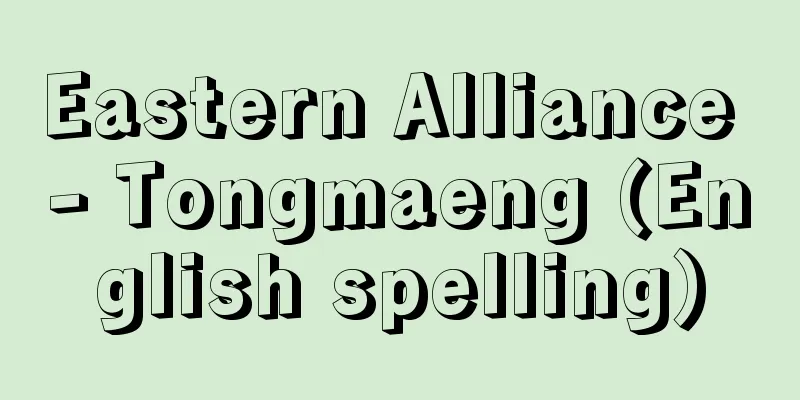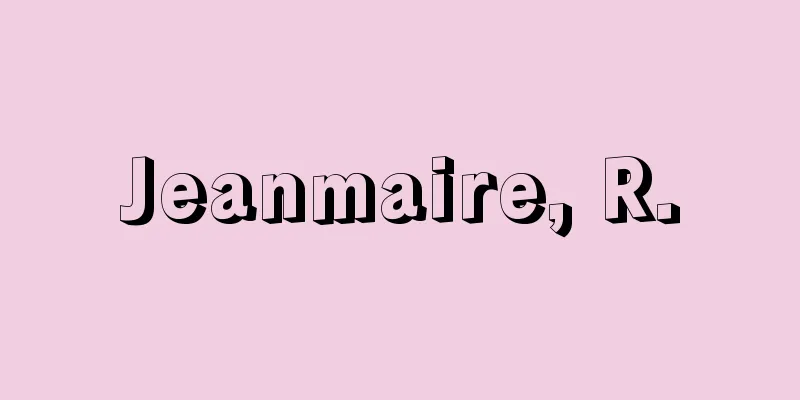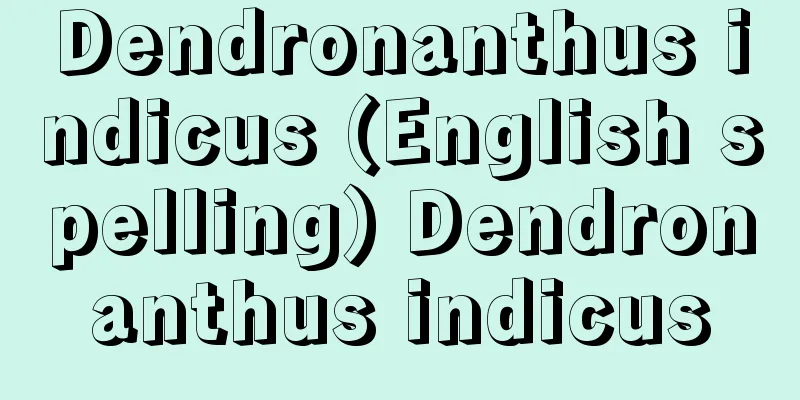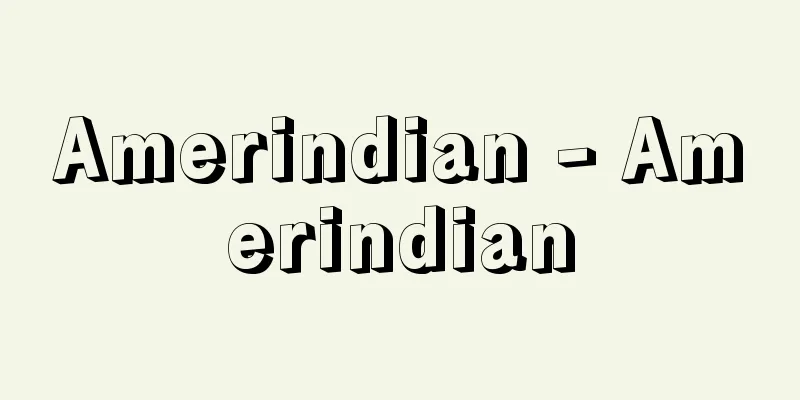Epistolary novel - shokantai shosetsu

|
This refers to a novel in the form of a letter. The first epistolary literature in Europe was the 12th century's "Letters of Love and Monasticism," but later, in the 17th century, salon life in France made this style popular, and the letters of Voiture and Madame de Sévigné, and Pascal's dogmatic treatise "Letters to a Country Friend" were beloved. The first novel to use the familiarity and realism of this style in a novel was Broussault's "Letters to Babet" (1669), and there is a strong suspicion that the French translation of "Love Letters of a Portuguese Nun," published in the same year, was also invented. In the 18th century, starting with Montesquieu's "Letters of a Persian" (1721), countless epistolary novels appeared, which, like the memoir style, were a reaction against the absurd love novels of the previous century. Representative works include Crebillon the Younger's "Letters of the Marquise M" (1732), Diderot's "The Nun" (1796), Jean-Jacques Rousseau's "New Héloïse" (1761), and the British S. Richardson's "Pamela" (1740) and "Clarissa" (1747-48), but most of them take the form of one-way correspondence addressed to absent recipients. Furthermore, Goethe's "The Sorrows of Young Werther" (1774), Madame de Stael's "Delphine" (1802), and Obermann's "Sénancourt" (1804) are monologues that are almost like diaries, while Laclos's "Dangerous Liaisons" (1782) creates a relative perspective that overcomes the limitations of the narrative form through the intertwining of letters between multiple people. However, after Balzac's Notes of Two Young Wives (1842), this genre was replaced by the diary form, and in modern times only Montelerand's Les Young Maids (1936) remains. In Japan, there are many different types of shosokobumi, but they have not developed into a novel form. [Atsuyoshi Hiraoka] [References] | |Source: Shogakukan Encyclopedia Nipponica About Encyclopedia Nipponica Information | Legend |
|
手紙形式の小説をいう。ヨーロッパで最初の書簡文学といえば、12世紀の『アベラールとエロイーズ―愛と修道の手紙』であるが、のち17世紀になり、フランスのサロン生活がこの形式を流行させ、ボアチュールやセビニェ夫人の書簡集、パスカルの教義論『田舎(いなか)の友への手紙』が愛読された。この形式の親しみやすさと迫真性が小説に利用されたのは、ブルソーの『バベへの手紙』(1669)が最初であり、また、同年出版された『ポルトガル尼僧の恋文』仏訳も創作である疑いが濃い。18世紀に入ると、モンテスキューの『ペルシア人の手紙』(1721)を皮切りに無数の書簡体小説が出現するが、これは回想録形式と同様、前世紀の荒唐無稽(こうとうむけい)な恋愛小説に対する反動であった。代表的なのはクレビヨン(子)の『M侯爵夫人の手紙』(1732)、ディドロの『修道女』(1796)、ジャン・ジャック・ルソーの『新エロイーズ』(1761)、イギリスのS・リチャードソンの『パミラ』(1740)、『クラリッサ』(1747~48)だが、多くは不在の受信者にあてた一方通行の書信の形をとっている。さらにゲーテの『若きウェルテルの悩み』(1774)、スタール夫人の『デルフィーヌ』(1802)、オーベルマンの『セナンクール』(1804)では、ほとんど日記に近い独白文学と化し、他方、ラクロの『危険な関係』(1782)では、多数の人間間の書信の交錯が、物語形式の不自由さを克服する相対的視点を創造するに至っている。しかし、バルザックの『二人の若妻の手記』(1842)以後、このジャンルは日記形式にとってかわられ、現代ではモンテルランの『若き娘たち』(1936)があるのみである。 日本では、消息文(しょうそこぶみ)は多様であるが、小説形式としての発展はみられなかった。 [平岡篤頼] [参照項目] | |出典 小学館 日本大百科全書(ニッポニカ)日本大百科全書(ニッポニカ)について 情報 | 凡例 |
>>: Jokhang Temple - Jo Bo Khang (English spelling)
Recommend
Langobardi; Langobarden; Lombards
Also known as the Lombards. A Germanic tribe. They...
Busch, Hermann
…German violinist and composer. He studied violin...
Ellora - Ellora (English spelling)
A group of early medieval rock-cut temples locate...
Ima Shinmei - Ima Shinmei
A Kyogen play. A couple opens a teahouse to attrac...
Statler, EM (English spelling)
...The background to this was the rise in demand ...
Pressure-sensitive paper
A type of paper on which a paint containing very t...
Mac-Mahon, Marie-Edme-Patrice Maurice de, Duc de Magenta
Born: July 13, 1808, Saône-et-Loire, Sully [Died] ...
Cornwall (English spelling)
A unitary authority in the southwestern tip of Eng...
Typeus
…After serving as a private lecturer at the Unive...
Astringent potato - bitter potato
〘Noun〙① Another name for the plant "Satoimo (...
SEU - Specialized English
Single event upset : An event where radiation or c...
Melakart
… In South Indian theory, the seven-tone scale is...
Hosa Bunko - Hosa Bunko
This is a municipal library in Higashi-ku, Nagoya....
Gorizia (English spelling)
Gorica in Slovenian. Capital of Gorizia Province, ...
Right-wing Goryeo music
...The current concept and style of Goryeo music ...









